What it takes to identify some of our lost Canadian heroes
The identities behind some of those still; "Known unto God"
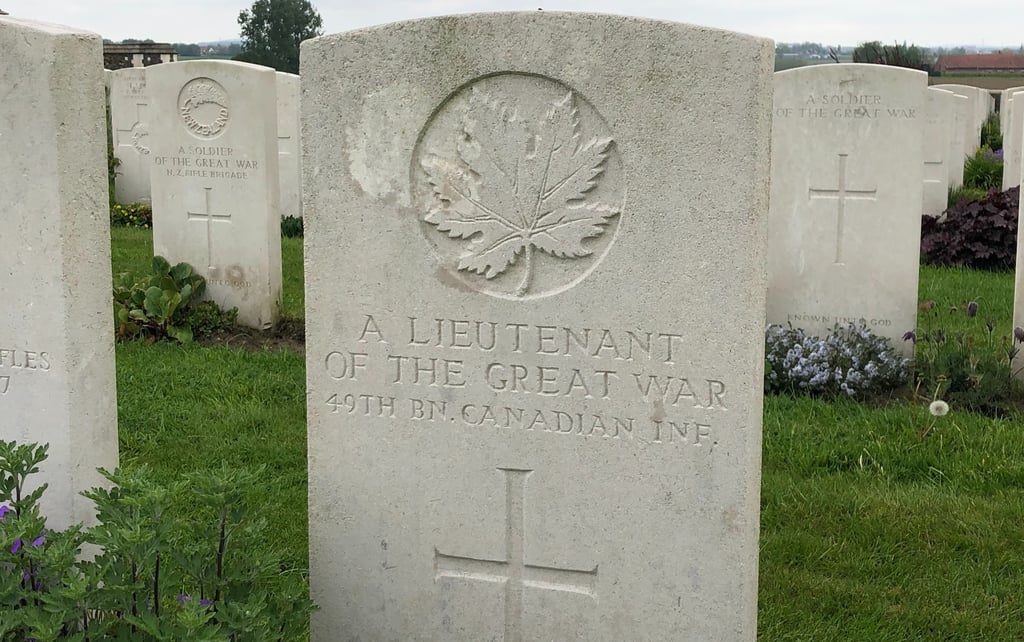

The fighting on the Western Front during the First World War has become synonymous with death and destruction and rightfully so. The British Empire suffered over two million casualties in France and Belgium during the war, nearly 750,000 of which are those who died and are either buried in Commonwealth War Grave Commision (CWGC) cemeteries or commemorated on CWGC memorials to the missing within France or Belgium. Many more would die of their wounds suffered on the Western Front in hospitals in Britain or in POW camps in Germany, but that is beyond the scope of this article. What is most striking when visiting these cemeteries on the Western Front is the sheer number of unknown soldiers represented in them, particularly in concentration cemeteries. These cemeteries were created after the war when the battlefields were being cleared of war material as well as bodies. Tens of thousands of such bodies were discovered, and with them, clues to their identity through uniform and effects found on the soldiers body. Yet to this day, most remain unidentified. For many, it is a case of too little information to allow for a positive identification and to tie a nameless grave to a soldier. However, this is by no means the case for all. In fact, many who lay in CWGC cemeteries could and should be identified.
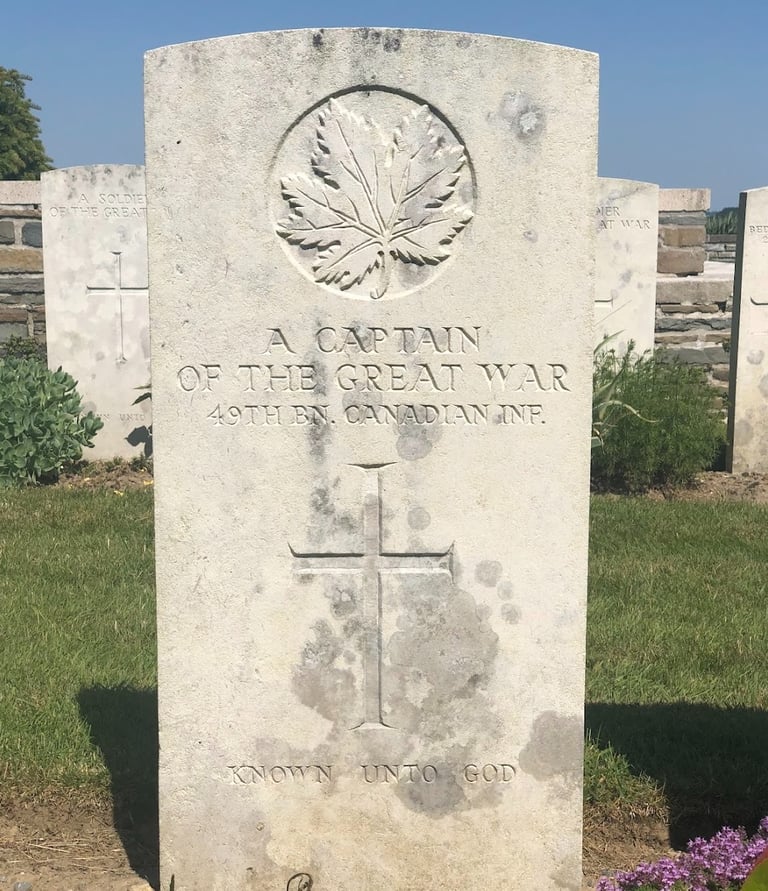

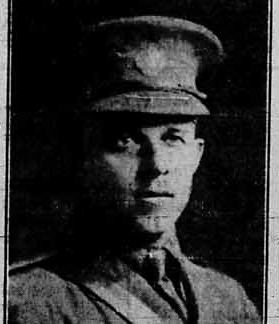

At ADANAC Cemetery on the Somme battlefields, there is one grave that marks an unknown Captain of the 49th Battalion. Out of all the names on the Vimy Memorial that mark all the Canadian soldiers still missing in action in France, there is only one missing Captain from the 49th Battalion. This is Captain Ernest Lyon Ferris who went missing near the village of Courcelette during the Battle of the Somme in September 1916. This must be him. The remains were discovered in the early 1920s and since then, his grave has remained nameless. In March 2015, a case was made to try and bring the identity back to Ernest Lyon Ferris but to date no amendments have been taken.
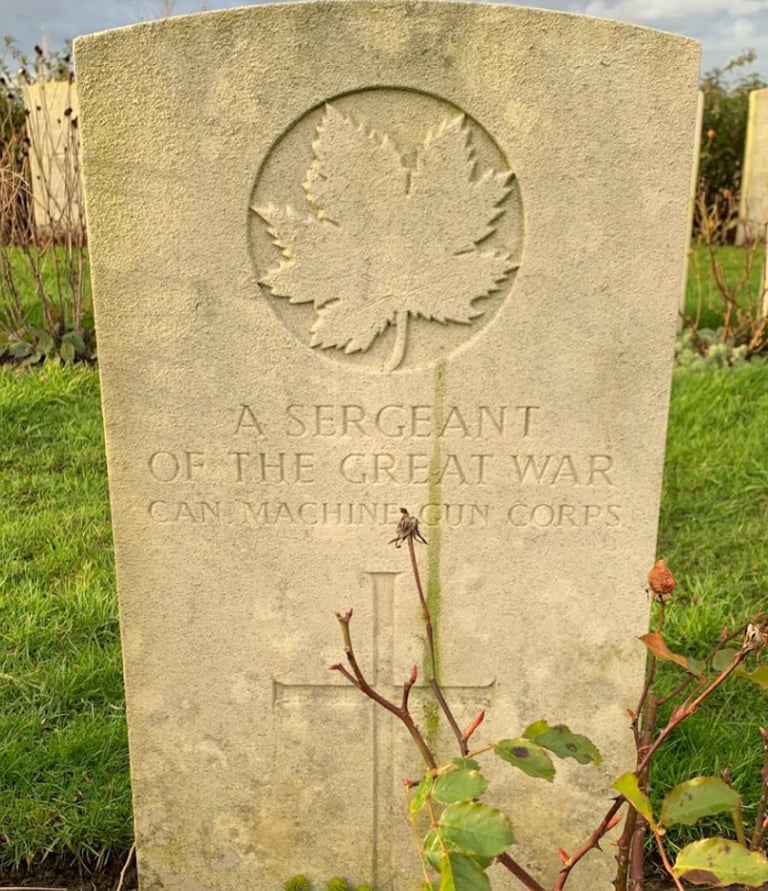

In other instances, it is less conclusive but can at least narrow down the possibilities to a likely candidate. In October and November 1917, the Canadian Corps was heavily engaged in fighting at Passchendaele resulting in over 16,000 casualties. Of the bodies of soldiers found after the war by exhumation and burial companies, a high proportion were never positively identified after the war. In Passchendaele New British Cemetery is buried an unidentified Sergeant of the Canadian Machine Gun Corps. Reviewing the exhumation report from 1920 highlights that in fact this is a Machine Gun Sergeant from the 49th Battalion. He would have been killed during the units attack on the 30th of October 1917, when the unit suffered the worst casualties of the war. The exhumation location provided corroborates this. In reviewing the service of the five Sergeants of the 49th Battalion that went during the battle, only one was a Machine Gunner.
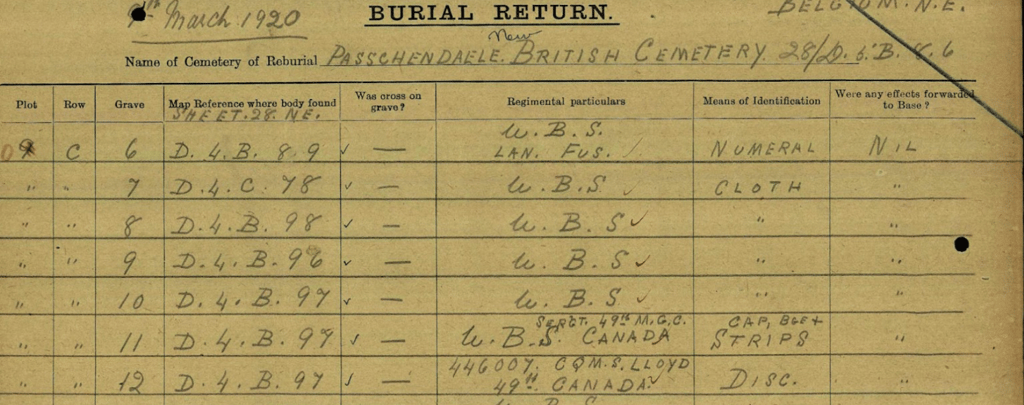

Through the process of elimination, it appears this is in fact the grave of Machine Gun Sergeant Walter Emmerson Eaton MM, 49th Battalion, who was killed at Passchendaele in 1917. Previously in that year, he was awarded the Military Medal for bravery during a trench raid during Avion, France. He was a homesteader originally from Ohio and was married with three children when he enlisted. In late 1916, word was received by his family that he had been Killed in Action at the front. This wouldn't be the case then, but would in fact be true the following year. The children never had the chance to know where their father was buried. Simply missing without a trace.

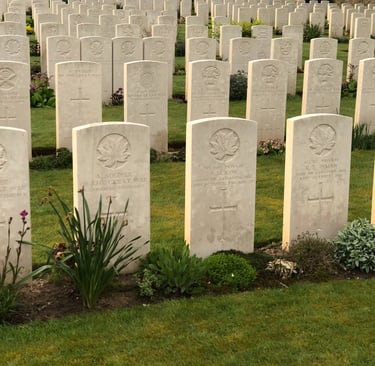
There are likely hundreds of war graves across the world that, just like these, could be identified through research. It is a shame so many soldiers' remains were simply overlooked in the initial stages of battlefield clearances and thus prevented their immediate families from gaining a sense of closure to the loss of a lost loved one. However, I think it is important for us to realize it is not too late and that this chapter of military history is still ongoing and ever changing. As recently as November 2021, a previously unidentified Canadian soldier buried in a CWGC cemetery was identified as being Corporal G. Ledingham of the 43rd Battalion, CEF who died in 1918. As descendant Wayne McKay put it after hearing that his Great uncle had been identified, “I couldn’t believe it at first. I always thought he was in a shell crater and buried and never found." Developments in DNA and digitization of records online have greatly helped with the identification of soldiers and hopefully further developments will continue to be made in the future. With approximately a hundred more cases of Canadian First World War soldier graves currently under review for amendment, it is with high hopes that in the future, many of these nameless graves will regain what was once lost, and with it, bring closure to surviving families.